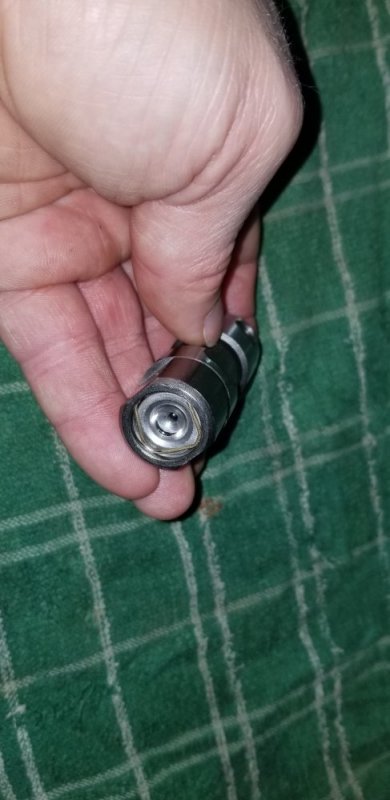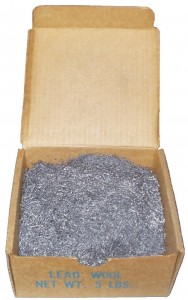Hink
Overkill Is Underrated
What valve springs?
Aw, that's right! This also takes a solid lifter to do this, doesn't it?
Follow along with the video below to see how to install our site as a web app on your home screen.
Note: This feature may not be available in some browsers.
What valve springs?
This is based on checked clearance is ok...
If you are using old springs, or even stock new springs, you are cutting it close because they are more likely to float than if you bump up to stiffer springs.
Also running close no timing chain, gears only.
Yes solid lifter to playdoh for clearance. Someone (Nate maybe?) figured take one apart and flip the piston upside down.
A military rebuilt 6.5
Now as far as build details go, I was able to mock it up and verify pushrod lengths and valve-to-piston clearance. My modded lifters that I tack welded to make solid didn't work. I had to keep the tacks small to make sure everything still cleared and using a MIG it just wasn't enough weld. If...www.thetruckstop.us
A military rebuilt 6.5
Now as far as build details go, I was able to mock it up and verify pushrod lengths and valve-to-piston clearance. My modded lifters that I tack welded to make solid didn't work. I had to keep the tacks small to make sure everything still cleared and using a MIG it just wasn't enough weld. If...www.thetruckstop.us


Lead wire for measuring clearance.

LEAD ROD-WIRE-WOOL | Non Ferrous Metals
Lead Wool is formed from finely extruded strands of pure lead. Properly packed, lead wool makes a tighter and more flexible joint than a cast joint. It can.nfmetals.com
I seem to have lost my roll of 1/16 otherwise I'd pop some in the mail to you.
Cheers
Nobby
CALL COMETIC
I see no specs in my books.
Found the info, I have it posted here in a different thread....
A little more info..
I checked valve depth from the head surface on a new 6.5 head with the p valves and vice versa the valves that were in the 6.5 head in the p head...
standard valve & standard head = .039" in .037" ex
p valve in p head head = .025" in .026" ex
What I found with these 2 heads was the P head valves are around .010" closer to the head surface..
I wonder if they pushed the valves out to leave more metal between the valves?